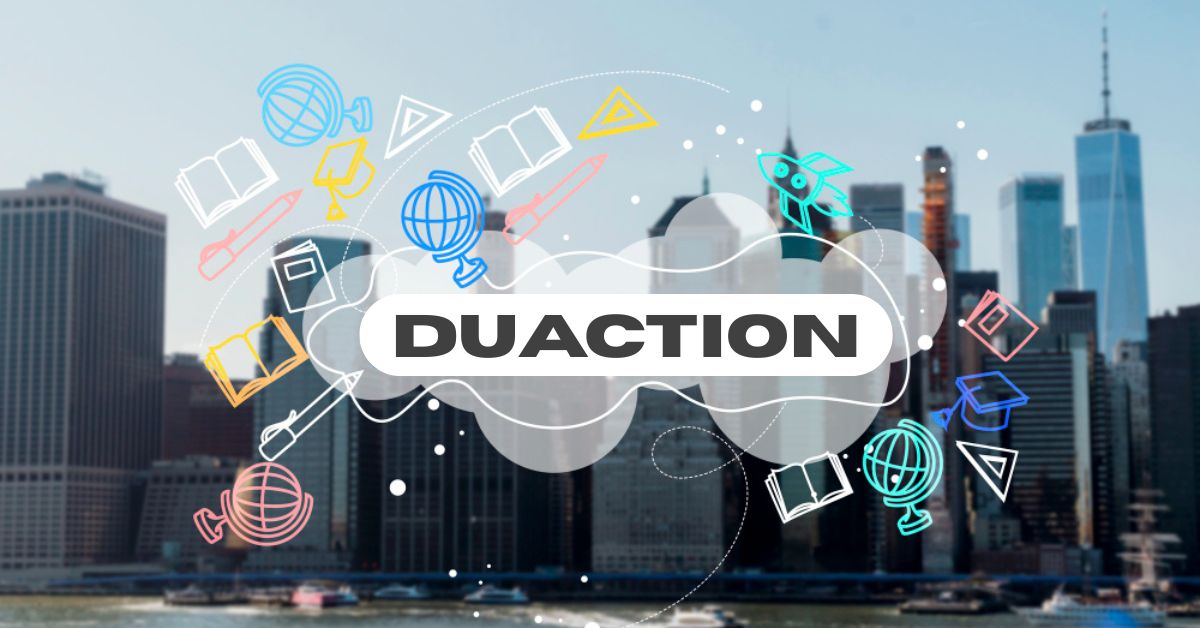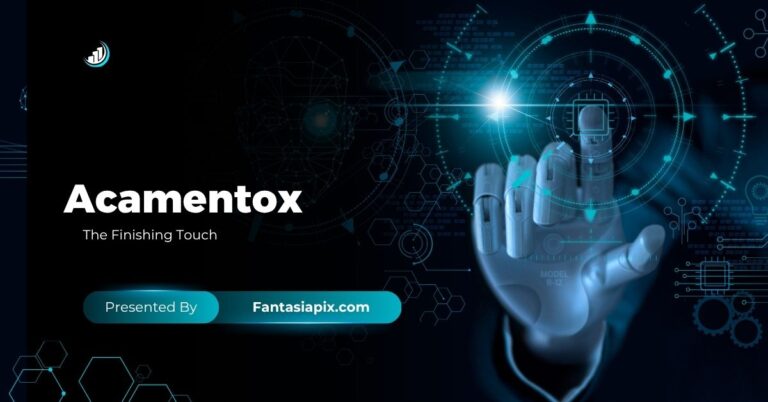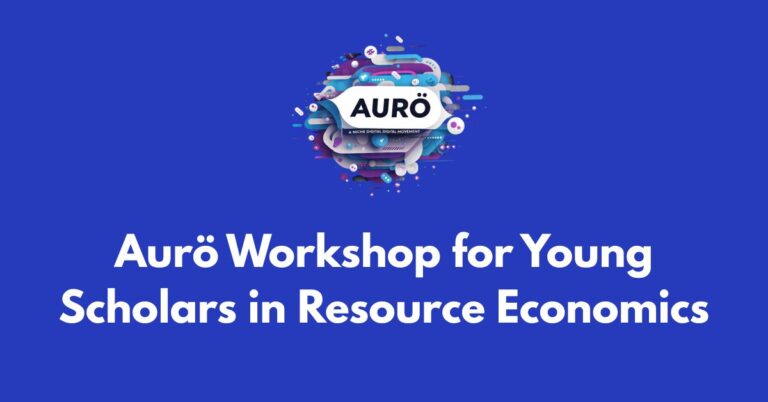Introduction to Duaction
As a pioneer in this new era of education, Duaction is leading the charge. Envision a society where practical experience and relevant real-world applications are the norm for education rather than the exception. Students are equipped with practical skills that will help them face life’s problems thanks to this creative method that changes the way they connect with education. In a time where being flexible and analytical are paramount, Duaction shines as a ray of light for the future of education. Let’s take a look at the method’s appealing features and how it might help learners worldwide.
The Problem with Traditional Education
There is a tendency in traditional education to use a cookie-cutter approach. Many pupils may feel uninspired and uninvolved after using this strategy. Critical thinking and practical application are usually given less weight than rote memorisation.
Standardised classrooms often feature lecturing lecturers and pupils who only listen and take notes. As a result, innovation and exploration are stifled. Despite the fact that many students do better in more interactive settings, conventional classrooms hardly allow for this.
Furthermore, evaluation strategies often place an emphasis on letter grades rather than actual comprehension. Some students may do quite well on exams without ever having a real understanding of how the content applies to their daily life.
There has never been a time when flexible educational options were more important than now, due to the exponential growth of both technology and society. Conventional methods are finding it increasingly difficult to meet the modern world’s ever-changing requirements.
Action-Based Learning: What is it and How does it work?
Active learning, or action-based learning, is a method of instruction that places an emphasis on practical application. Instead of only receiving knowledge, this strategy encourages pupils to actively engage with the topic.
Learners engage in action-based learning when they apply what they’ve learnt to actual situations. They work in groups, which helps them develop their abilities in discussion and analysis. A setting where knowledge is built via experience is fostered by such interactions.
Community service, role-playing, and simulations are common components of this method. The ability to immediately apply abstract ideas to real-world contexts enhances the relevance and interest of classroom instruction.
Instead than relying on conventional assessment procedures, this model places an emphasis on student engagement and the results of their work. The role of the teacher is that of a facilitator, leading students on their own paths of discovery.
Students not only improve their memory retention but also build important life skills that help them face future obstacles when they engage in activities that require them to take action.
Benefits of Duaction for Students
Because it gets students involved, duaction improves classroom instruction. By putting students in the driver’s seat, this method helps them grasp abstract ideas and see how they relate to the actual world.
They learn to think critically and solve problems. Working together, they overcome obstacles, a talent that will serve them well in the years to come. As they take charge of their own education, kids are inspired to think beyond the box in an ever-changing setting.
Another way to increase motivation in the classroom is to use duaction. Learners put more effort into their coursework when they can understand how it applies to real-world situations. Their excitement motivates others to become involved.
On top of that, it works for a variety of learning methods. Duaction offers a nurturing environment where all types of learners may flourish, whether they learn best via sight, sound, or movement.
Academic performance is improved and resilience and flexibility are fostered with an emphasis on experiential learning. With these qualities, they will be well-equipped for life after graduation.
Successful Examples of Duaction in Schools
Duaction has been implemented in several schools across the world, and the results have been outstanding. A San Diego high school that taught about environmental challenges in the community stands out. In addition to studying pollution, students took part in neighbourhood clean-ups. They gained a deeper awareness and a sense of responsibility for their environment through this hands-on approach.
Another case in point is a Toronto elementary school that used duaction by letting the kids grow their own garden. Planting a variety of veggies taught them about biology, ecology, and cooperation. Thanks to the initiative, what had been abstract in the classroom became real and useful.
In addition, a London middle school actively promoted social entrepreneurial programs to its students. Critical thinking, cooperation, and other skills essential to action-based learning through duaction techniques were honed as students created product business proposals to address local problems.
Challenges and Criticisms of Duaction
Despite the intriguing prospects, Duaction is confronted with a number of obstacles. Students’ varying levels of participation is a major cause for worry. However, not all students do well in hands-on settings. Conventional frameworks may be too much for others.
Furthermore, evaluation procedures are not always easy to put into practice. There are concerns regarding the consistency and fairness of using activities to measure students’ comprehension instead of testing.
When changing up their teaching methods, teachers also face challenges. Many teachers may be reluctant to try new things since they are used to the old ways of doing things.
Another obstacle is the availability of resources. In order for schools to effectively employ Duaction programs, they require sufficient financing and tools.
Parents’ doubts about the efficacy of this new method of teaching in comparison to more traditional methods are a potential obstacle. The acceptance of Duaction in schools today is complicated, and these issues show that.
Implementing Duaction in Your School or Classroom
A mental change is the first step in implementing Duaction in a school or classroom. The concept of action-based learning should be central to the pedagogical stance of all educators. Putting an emphasis on practical experience rather than classroom instruction is essential.
Start with finding issues that pupils face in the actual world. Group projects that address these concerns can promote teamwork and critical thinking.
Continuing education for educators is crucial. Attending a workshop can help teachers learn how to use Duaction into their lessons more successfully. An climate of creativity is fostered when faculty members share their triumphs.
When feasible, use technology; interactive learning may be greatly improved by using online platforms. Make use of community assets by bringing in specialists from the area to work one-on-one with pupils.
Take student and teacher comments into consideration on a regular basis and adjust your strategy accordingly. This ever-changing procedure keeps Duaction motivating and productive for all parties.
Conclusion: The Future of Education is Here with Duaction
Looking ahead to the educational landscape of the future, Duaction is a shining example of innovation. It provides an interesting substitute for traditional teaching approaches by putting an emphasis on hands-on experience rather than just listening. Students are captivated and develop abilities that are important for success in today’s world through this strategy.
Lesson designs that incorporate real-life events better equip students to handle difficult tasks. Students acquire real-world skills that go beyond what they learn in the classroom via collaborative activities and projects that require them to work together. They develop become capable participants and thinkers, no longer content to merely take in knowledge.
In addition, schools that use Duaction foster dynamic communities where innovation thrives. The power to create engaging classrooms that promote student inquiry and teamwork is in the hands of the teachers.
Although some may raise doubts about how well it works or how it compares to more conventional approaches, there is mounting evidence that Duaction may greatly improve student engagement and performance. As teachers delve into this new avenue, they may reimagine learning in a dynamic and unpredictable environment.
A more well-rounded education, one that takes into account the individual paths of each student and equips them for the possibilities of the future, is possible when we embrace Duaction. Now is the perfect moment for teachers all across the world to adopt this new way of thinking and see how it moulds the future leaders.
Find the Most Recent Information at Fantasiapix.com




